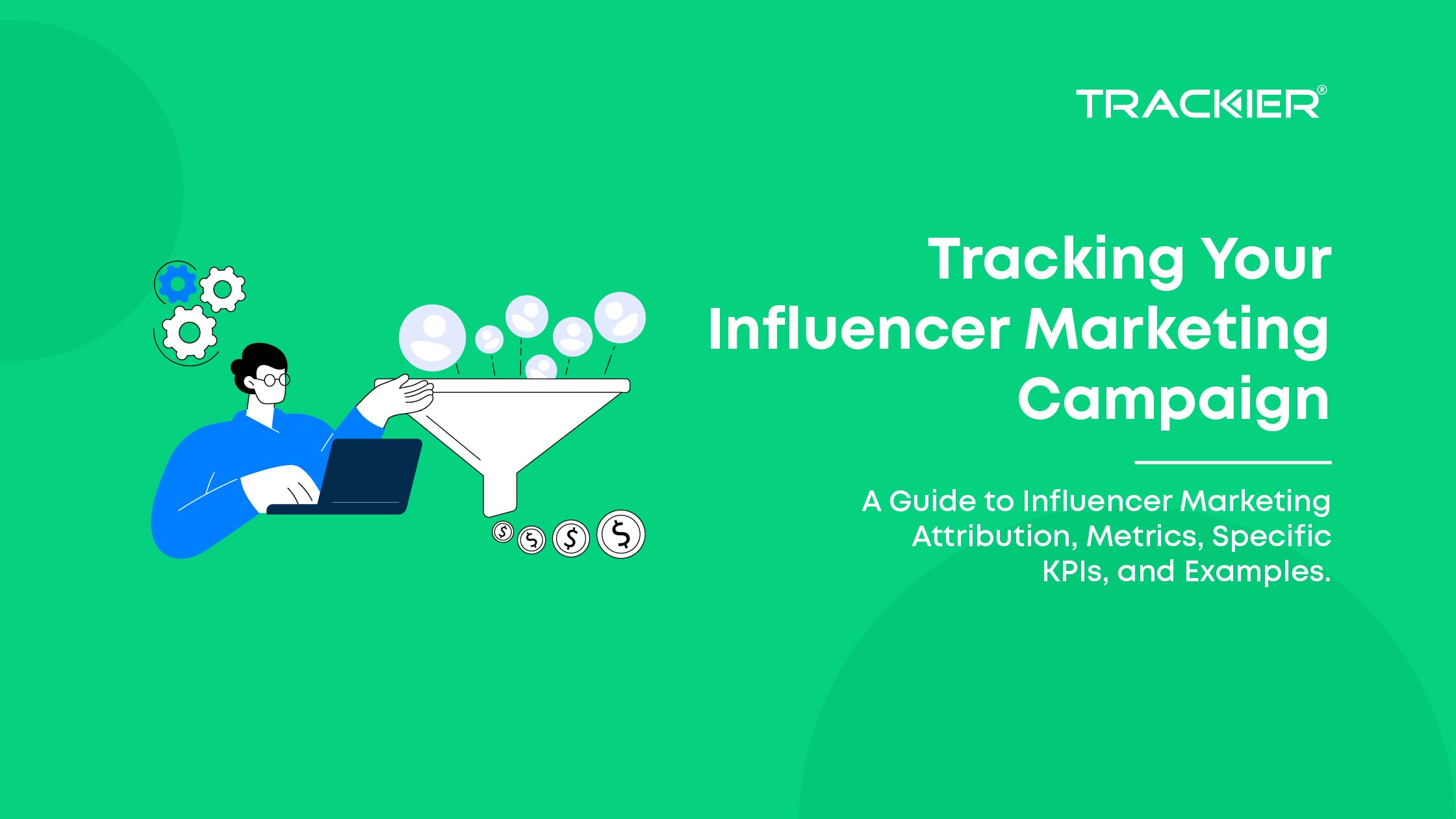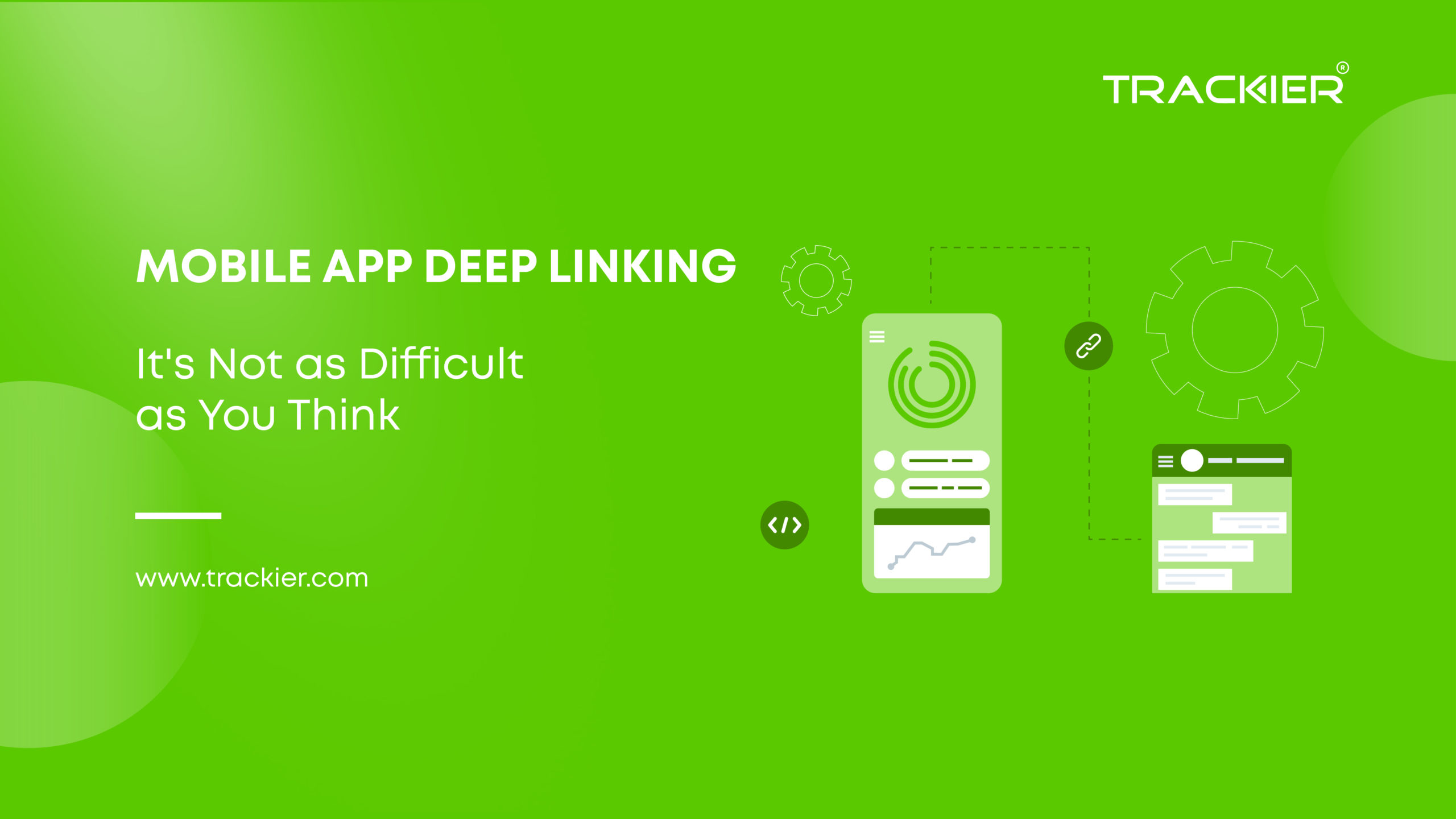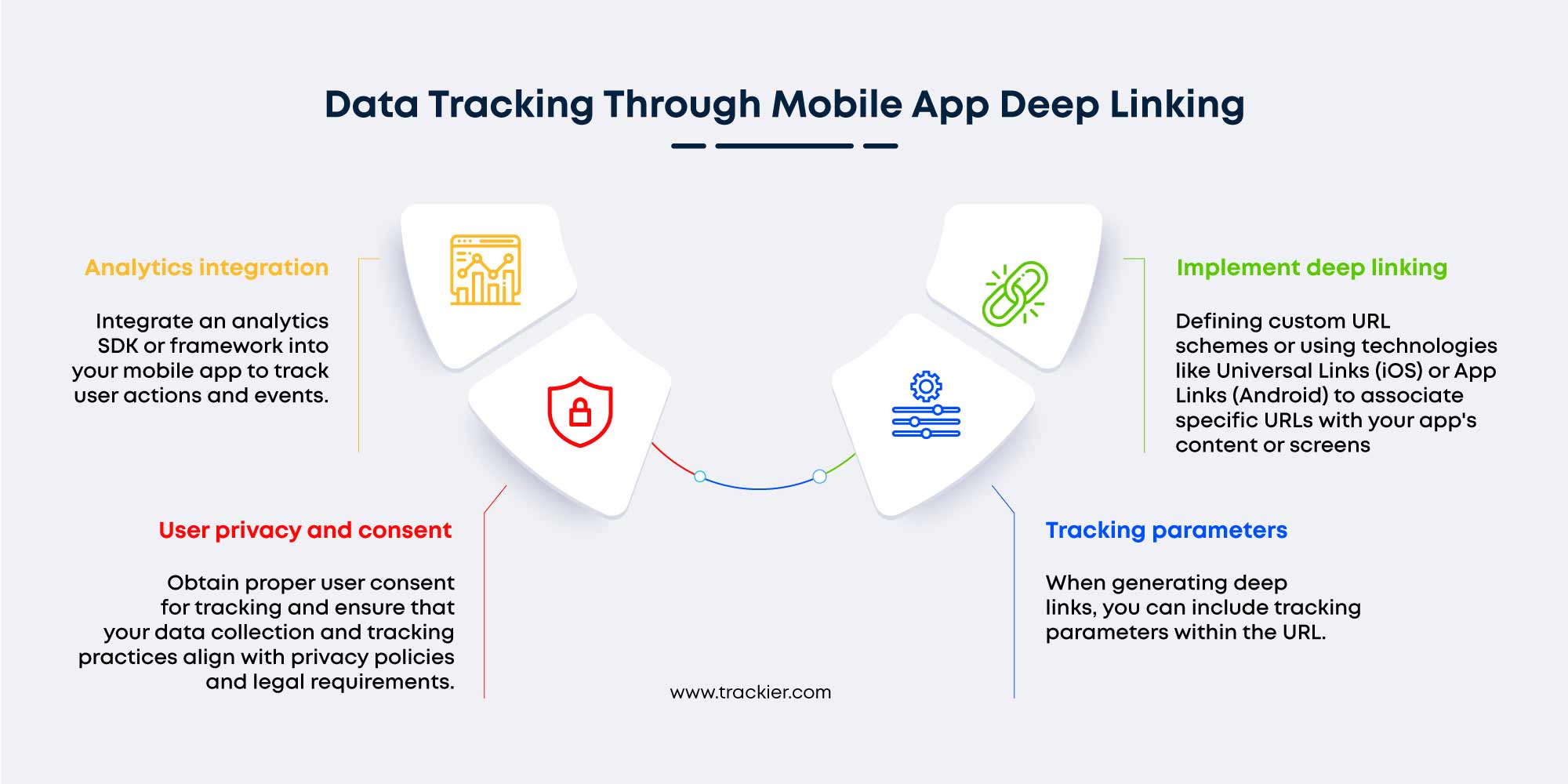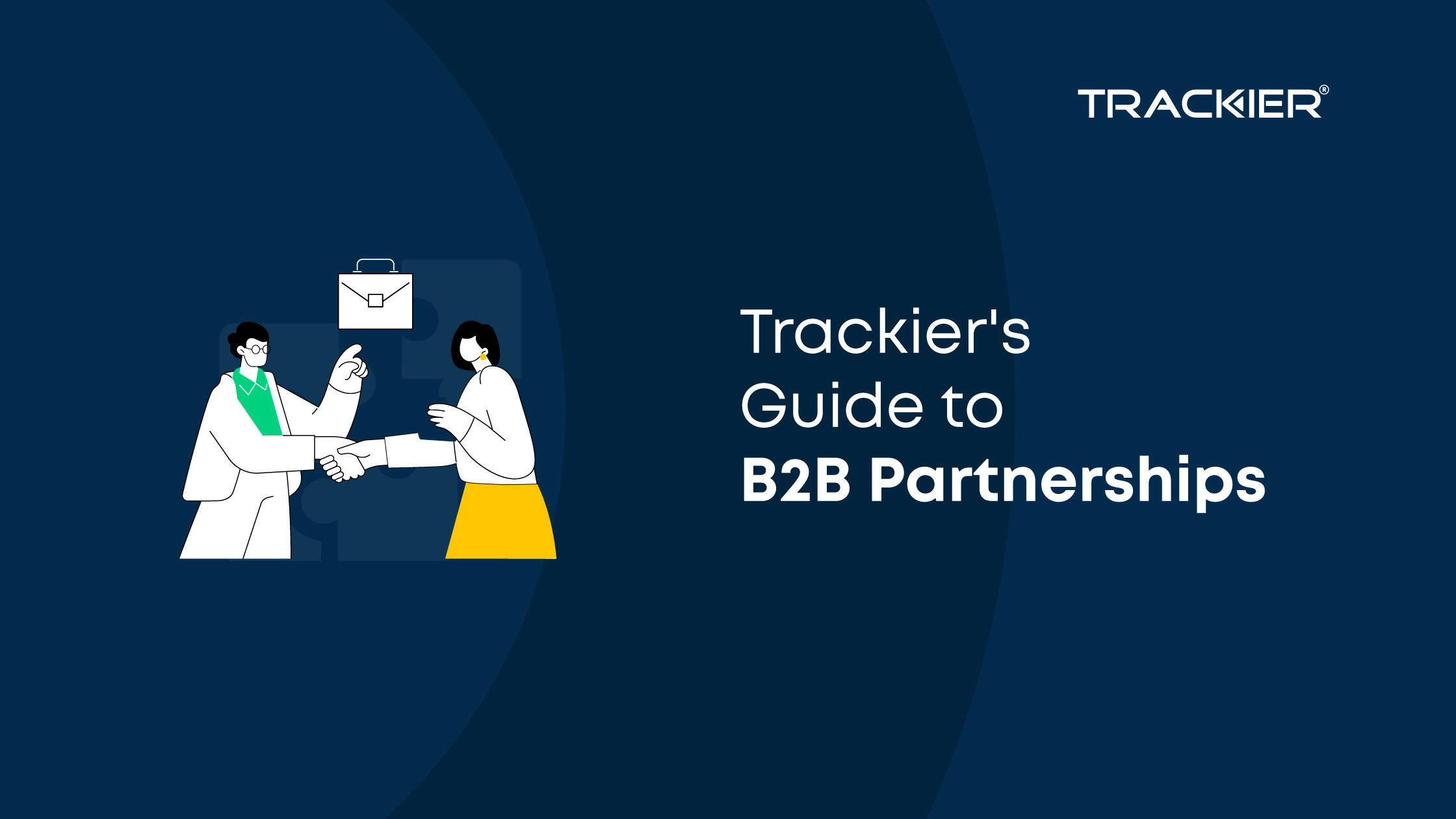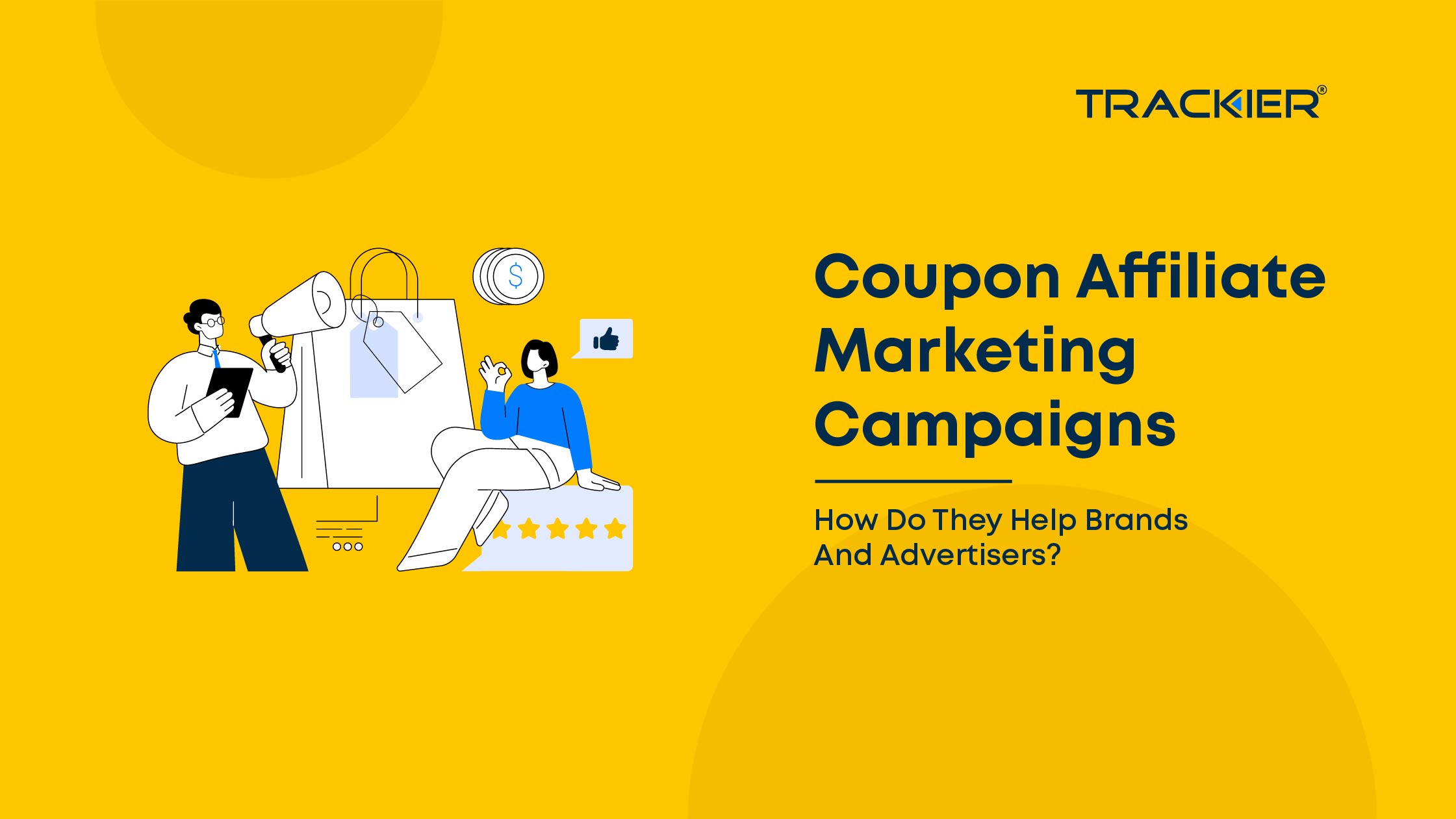Wanna take your users to your alluring comic designs? But not finding a way to drive them directly to your page, now your problem is solved. Use Deep links, now you might be thinking what are deep links? So let’s keep it simple and clear, deep links are the URL used to directly move to a certain page or a location. They direct you to the specified page immediately without any hassle. Isn’t it amazing? Yes, no hassles anywhere in finding things over the web when Deep linking can be done through your Mobile Measurement Partner. Let us take you to the world of mobile app deep linking that has made things so easy for marketers.
You can add links to your social media post saying about your latest designs and then take them to your website, pitch them through emails or messages, you can even take them from website to app. Hence, Deep linking is beneficial to both app developers and users. It has also made marketing activities even better for marketers because redirecting customers directly to their destination increases more chances of conversion. Hence, it is a plus for marketers as they can take directly take their audience to the specified place via these links. Here mentioned are some types of deep linking.
- Traditional deep linking – Uses your app URI to point people to a specific area of your app. These have the drawback of only functioning if the user has the app loaded on their smartphone. If not, they will display an error page to the user.
- Deferred deep linking – If the app is installed, deferred deep links will take users to the relevant content; otherwise, they will take them to the app store listing.
- Contextual deep linking can do the same tasks as the first two forms of deep linking, but it also enables more accurate tracking and user relevance.
Benefits of Mobile App Deep Linking
If the user has to navigate through different websites apps or social media platforms to find the required product this can be frustrating sometimes. Here users may lose interest and then move away. So to avoid such things marketers should use deep links that would take the user directly to the required page on the URL. There are a lot more benefits that deep links offer. Discussing them in detail will give us a clear view of how these deep-linking urls have made marketing tactics more reliable for all.
Enhanced User Experience
No doubt deep links have given users more accessibility with ease. For instance, you receive a notification from an e-commerce app notifying you about the upcoming mega sale. You are excited, right? Now this link will directly take you to the app or the website where you can easily browse further information. This way the user experience has improved a lot and users are engaging more with this pattern.
Increased User Engagement
Deep linking has resulted in an increase in user engagement. Yes, users are finding more of their desired content easily and have no hassle of finding it on various platforms or browsing among different channels. Through this users engage more with your product. Considering the launch of your new cosmetic product, now you are pitching your audience with alluring push notifications with deep links that direct them to your app. This will increase their interest more into your product and they are more likely to spend time there, resulting in an increase in user engagement.
Selling through Different Channels
You can include deep links anywhere like on social media, SMS, newsletters, emails, or push notifications. So you get a chance to advertise your product on various channels. You drive sales and attract more users from different channels which will increase user acquisition and engagement as well. Advertising on multiple platforms also helps you reach a wider audience.
Re-Engage Users
Through retention marketing strategies brands and marketers can target their existing customers to their products and increase ROI. They already have the application on their mobile, you can send them personalized offers and discounts so that they will interact with your app more. By using deep links you can take them directly to your app and there are more chances of conversion at this stage.
Hence, Deep linking has a lot more benefits to brands as well as users. Marketers have got their marketing on point with the help of deep linking and users have been saved from the hassle of finding things over the web. Deep linking has improved online marketing tactics in a better way by optimizing user interaction and enhancing monitoring of the marketing efforts. Deep links collectively with mobile measurement partners can give enhance user experience and optimize marketing efforts. Trackier mobile measurement partner, helps you monitor your ad campaigns more effectively providing you with high-end features for tracking and monitoring data.
Conclusion
Hence on a positive note, deep links have evolved the way of marketing both for the users and marketer. The user experience and engagement have improved a lot. This has resulted in an increase in user engagement and acquisition, improved online marketing strategies, and improve ROI.
I hope this piece of information was helpful to you. Feel free to contact us!


